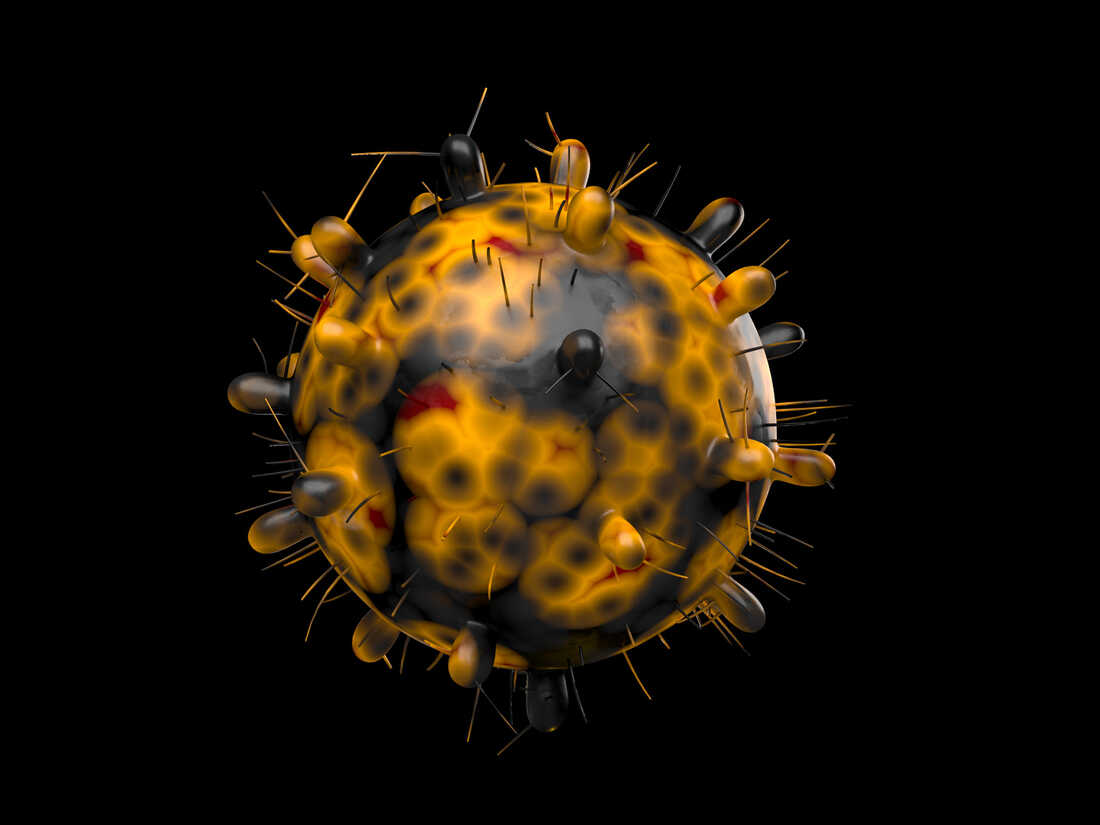Omicron is a novel coronavirus strain with a high number of alarming mutations. Scientists are trying to determine how transmissible and vaccine-resistant this strain is. Examining a virus’s genetic coding is a critical tool for scientists when deducing the genesis of a viral strain. The closest sequences to Omicron are from mid-2020 – more than a year ago. Nonetheless, its alterations distance it significantly from the 2020 strain.

Uma Shankar sharma/Getty Images
Because it seems as if [this strain of the virus] was on the verge of becoming omicron and therefore a highly transmissible virus, [previous versions] would have begun to spread more broadly prior to now. On the one hand, he acknowledges that there are undoubtedly places in Africa where coronavirus sampling has been limited. Each time it replicates, it has a chance of acquiring a mutation that improves its ability to evade the person’s antibody-producing immune cells. Thus, it would take a really large blind spot to miss something that is truly changing over months, according to main researcher David Bedford. Indeed, it was this warning signal that caused a private laboratory to notify Lessells and his colleagues last month, allowing them to sequence the samples containing omicron. “If you have representative sequencing and frequent sequencing, and you are quick enough to react to what you see in the diagnostic laboratory, you may detect these mutations at an early stage,” he adds. In such cases, Bedford argues, the individual’s immune system is still robust enough to ward off the coronavirus. Due to the fact that we had samples from many different time periods throughout that six-month period, Lessells explains, we were able to demonstrate how the virus developed and how variants with some of the same mutations as the variations of concern occurred in the samples over time.
He does not have an apparent solution other than chance, according to co-discoverer of Omicron David Bedford. Nonetheless, Bedford notes that in the near run, making informed predictions about the origin of omicron can help determine how seriously to take the variant’s danger. For example, he asserts that if omicron evolved invisibly in a vast population of people over a period of months, this indicates that it is not very transmissible. However, they assert that its development serves as another warning that future varieties may be formed as a result of the virus’s mutation. However, he asserts that if omicron evolved in a single person and only recently spread to a larger population, the level of circulation detected now — or, as Bedford puts it, the time frame for reaching the point where we are starting to pick up cases in travelers’ — occurred over a much shorter period. The aim, they assert, is not to blame or stigmatize anyone in this circumstance, but to realize that assisting them is critical to stopping the coronavirus epidemic. And this indicates that the variation is far more transmissible.
Reference
The mystery of where omicron came from — and why it matters. https://www.npr.org/sections/goatsandsoda/2021/12/01/1055803031/the-mystery-of-where-omicron-came-from-and-why-it-matters?fbclid=IwAR1diN84M2YxKJxQ1PZBWwy4Uzh_2LC5ZcG5a5YUrMHYJKHVBriAai5s6sw
